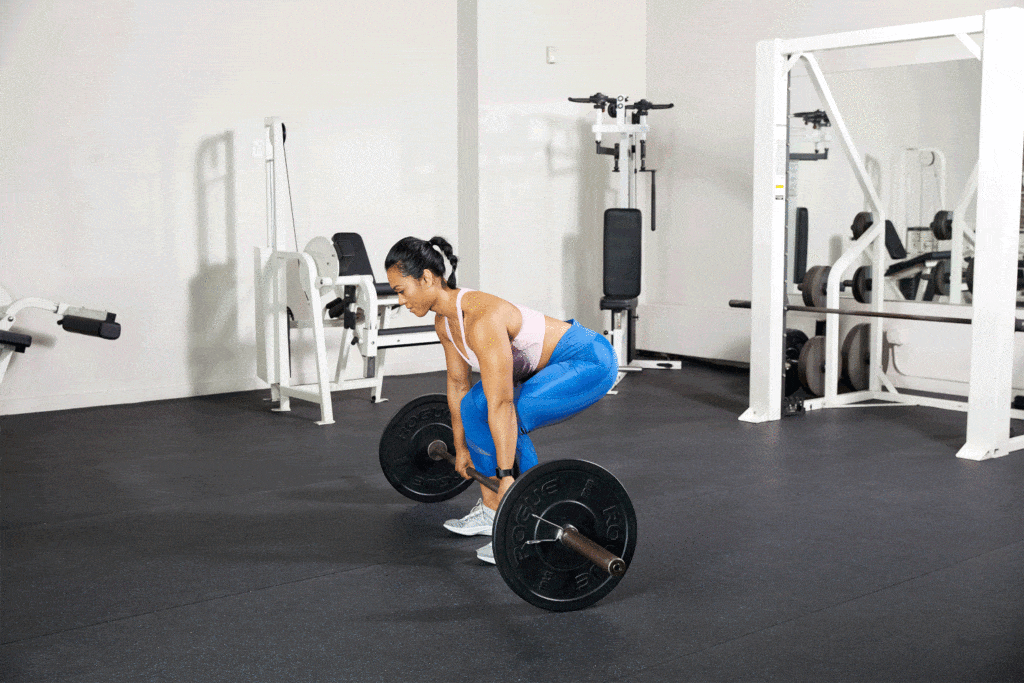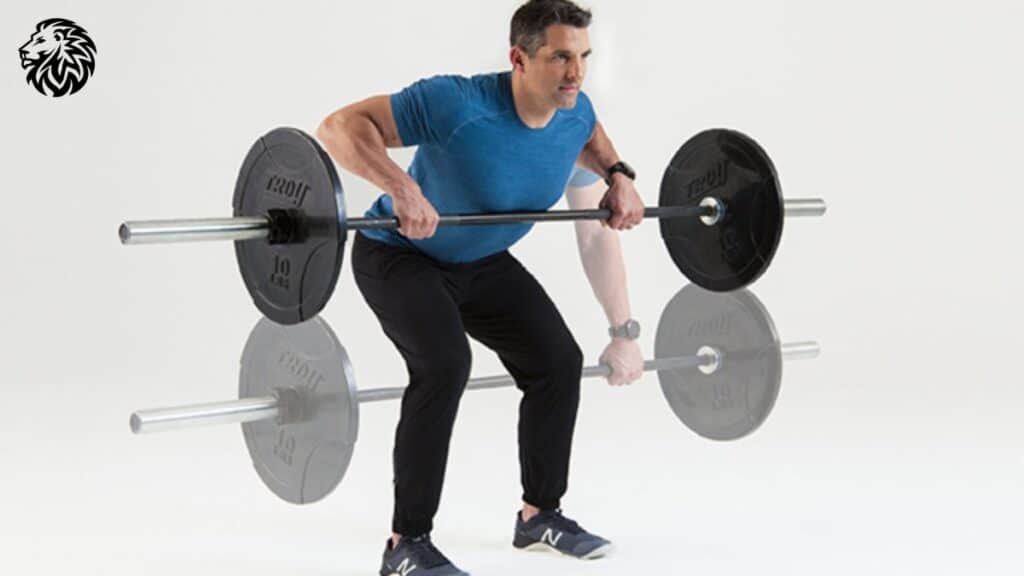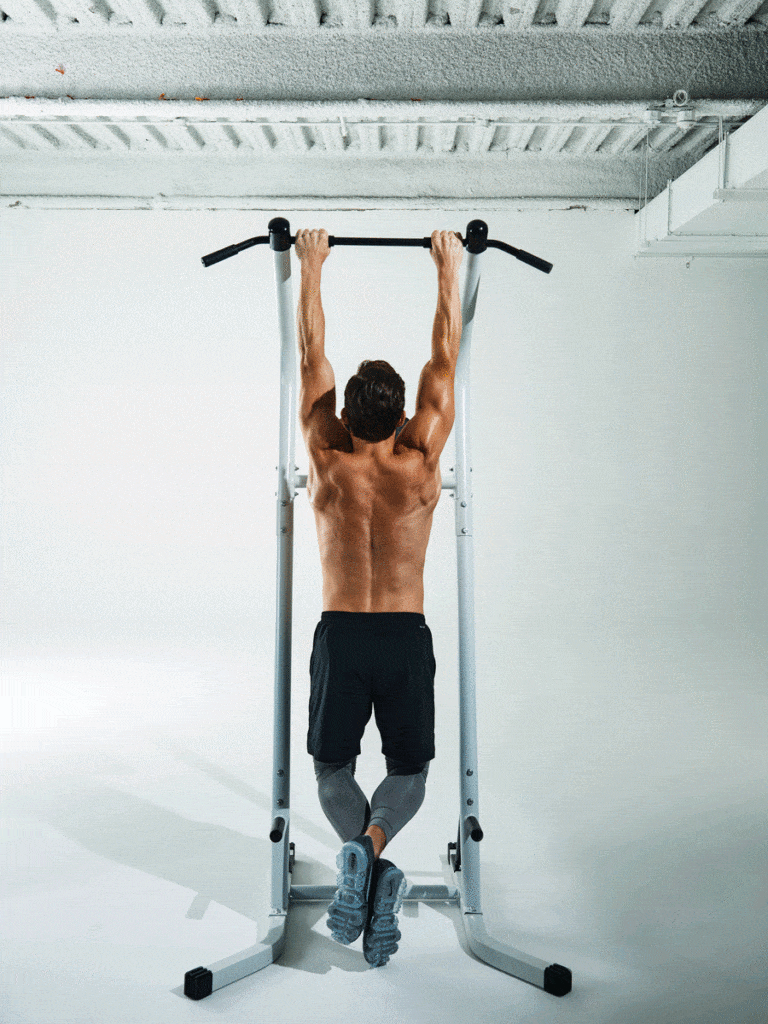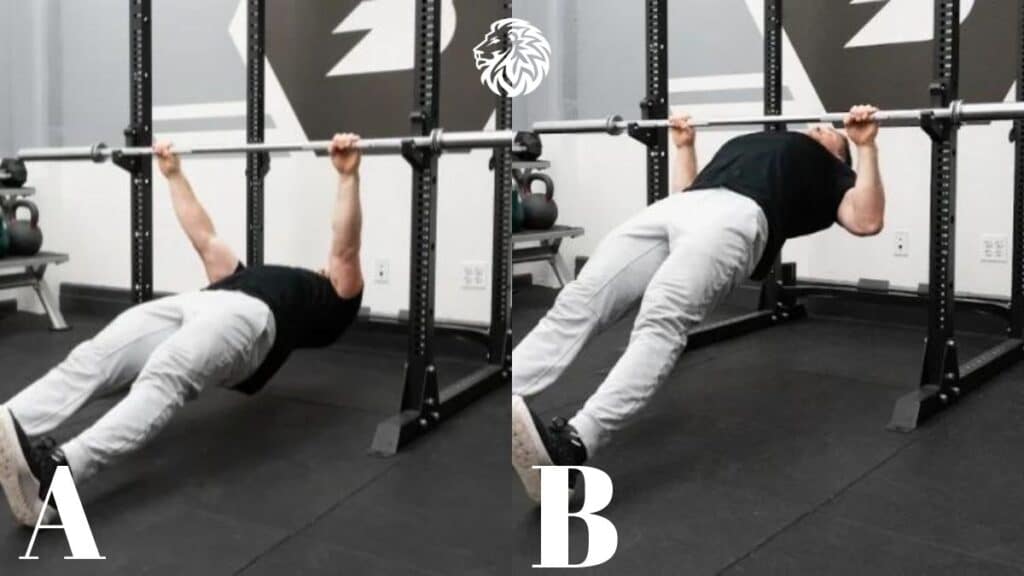In the world of fitness, a strong and healthy back is essential for overall body functionality and aesthetics. The back muscles play a vital role in daily activities, from lifting heavy objects to maintaining good posture. This comprehensive guide highlights the best back exercises for a complete workout, covering proper techniques, benefits, and frequently asked questions to help you reach your fitness goals. You can build a balanced, strong, and sculpted back by including these exercises in your routine.
Why Back Exercises are Essential
A strong and well-developed back is the foundation for a healthy and functional body. The back muscles not only contribute to our body’s aesthetics but also serve several vital roles in our daily lives.
Importance of back muscles
- Fortify the spine: Erector spinae, a vital group of back muscles, bolster the spine – our body’s central axis. Enhanced movement, balance, and suppleness arise from a sturdy, unwavering spine.
- Augment posture: Preserving one’s health hinges on good posture, which wards off muscle imbalances, curtails joint stress, and lessens injury risks. Focusing on the trapezius, rhomboids, and latissimus dorsi, back exercises bolster muscles, ensuring alignment between shoulders and spine.
- Assist in daily activities and sports: The back muscles play a key role in numerous daily activities, such as lifting, carrying, pushing, and pulling. They are also involved in various sports, contributing to power, stability, and performance. Developing a strong back can enhance your ability to perform everyday tasks and excel in sports.
Benefits of a strong back
- Injury risk mitigation: Developing a robust back thwarts injuries stemming from muscle imbalances, inadequate posture, or overuse. Integrating back exercises into your regimen bolsters spinal resilience and curbs discomfort or injury likelihoods.
- Boost in overall power: Back muscles play a pivotal role in compound exercises, including squats, deadlifts, and bench presses. Fortifying your back enhances performance in these exercises while bolstering overall strength and might.
- Improves body aesthetics: A well-developed back can create the appearance of a V-shaped torso, which is often associated with an athletic and attractive physique. Incorporating back exercises into your routine can help you achieve a balanced and visually appealing upper body.
The Best Back Exercises for a Complete Workout
An effective back workout targets the latissimus dorsi, trapezius, rhomboids, and erector spinae, among other back muscles. Here are the top back exercises for a thorough workout, with an emphasis on correct form and technique.
Deadlift

Technique and form: Begin with your feet shoulder-width apart, and position the barbell over the middle of your feet. Bend at your hips and knees to lower yourself to the bar, gripping it with an overhand or mixed grip. Keep your chest up, back straight, and core engaged as you lift the bar by extending your hips and knees. Stand tall at the top, then lower the bar back down under control.
Benefits and variations: Deadlifts primarily target the lower back, glutes, and hamstrings, while also engaging the upper back and traps. Variations include the sumo deadlift, Romanian deadlift, and rack pulls.
Bent-over Row

Technique and form: Stand with your feet shoulder-width apart, holding a barbell with an overhand grip. Hinge at your hips, keeping your knees slightly bent and back straight. Pull the barbell towards your lower chest, squeezing your shoulder blades together. Lower the barbell under control to the starting position.
Benefits and variations: Bent-over rows target the latissimus dorsi, rhomboids, and traps, while also engaging the biceps and rear deltoids. Variations include the Pendlay row, single-arm dumbbell row, and Yates row.
Pull-up/Chin-up

Technique and form: Grip a pull-up bar with your hands shoulder-width apart and palms facing away from your body (pull-up) or toward your body (chin-up). Hang with your arms fully extended, then pull yourself up until your chin is above the bar. Lower yourself back down under control to the starting position.
Benefits and variations: Pull-ups and chin-ups primarily target the latissimus dorsi and biceps, while also engaging the traps, rhomboids, and rear deltoids. Variations include the wide-grip pull-up, neutral-grip pull-up, and assisted pull-up.
Lat Pulldown

Technique and form: Sit at a lat pulldown station with your knees secured under the pads. Grasp the bar with an overhand grip, hands slightly wider than shoulder-width apart. Pull the bar down to your upper chest, retracting your shoulder blades and engaging your lats. Slowly return the bar to the starting position.
Benefits and variations: Lat pulldowns target the latissimus dorsi, with secondary involvement of the biceps, traps, and rear deltoids. Variations include the close-grip lat pulldown, reverse-grip lat pulldown, and single-arm lat pulldown.
Seated Cable Row

Technique and form: Sit at a cable row station with your feet braced against the platform. Grasp the handle with a neutral grip, and sit upright with your arms fully extended. Pull the handle towards your lower chest, retracting your shoulder blades and engaging your lats. Slowly return to the starting position.
Benefits and variations: Seated cable rows target the latissimus dorsi, rhomboids, and traps, while also engaging the biceps and rear deltoids. Variations include the single-arm cable row, wide-grip cable row, and cable row with a rope attachment.
T-Bar Row

Technique and form: Stand with your feet shoulder-width apart on a T-bar row platform. Bend at your hips and knees, keeping your back straight, and grasp the handles with a neutral grip. Pull the bar towards your chest, squeezing your shoulder blades together, and then lower it back down under control to the starting position.
Benefits and variations: T-Bar rows primarily target the latissimus dorsi, rhomboids, and traps, while also engaging the biceps and rear deltoids. Variations include the chest-supported T-bar row and the landmine row.
Inverted Row

Technique and form: Set up a barbell or suspension straps at waist height. Lie on your back underneath the bar or straps, and grasp it with an overhand grip, hands slightly wider than shoulder-width apart. Your body should be in a straight line, with your heels on the ground and toes pointed up. Pull your chest towards the bar, retracting your shoulder blades and engaging your lats. Lower yourself back down under control to the starting position.
Benefits and variations: Inverted rows target the latissimus dorsi, rhomboids, and traps, while also engaging the biceps and rear deltoids. Variations include the wide-grip inverted row, feet-elevated inverted row, and single-arm inverted row.
How to Include Back Exercises in Your Workout Routine
Incorporating back exercises into your workout routine is essential for overall strength, posture, and aesthetics. It’s essential to design a balanced workout schedule, give proper warm-up and cool-down time top priority, and adhere to gain-maximizing advice in order to get the best results.
Creating a balanced workout plan
- Frequency: Aim to train your back muscles 1-2 times per week, allowing at least 48 hours of rest between sessions for recovery and growth.
- Intensity: Adjust the intensity of your workouts to suit your fitness level and goals. Incorporate a mix of heavy, moderate, and light weights to challenge your muscles and prevent plateaus.
- Volume: Execute 3-5 sets, each with 8-12 reps, contingent upon objectives and experience. Strive for equilibrium by encompassing exercises targeting diverse back muscles, including latissimus dorsi, trapezius, rhomboids, and erector spinae.
Proper warm-up and cool-down
- Importance of warming up: By boosting blood circulation, refining joint mobility, and diminishing injury risks, warm-ups ready the body for exercise. Dedicate 5-10 minutes to light aerobic activities, like jogging or jumping jacks, to raise your heart rate.
- Dynamic stretches: Incorporate dynamic stretches into your warm-up to further prepare your muscles and joints for the workout. Examples include arm circles, leg swings, and hip rotations. Perform each stretch for 10-15 repetitions.
- Cooling down and static stretches: After your workout, take 5-10 minutes to cool down with light aerobic exercises, such as walking, to gradually lower your heart rate. Follow this with static stretches targeting the back muscles, holding each stretch for 15-30 seconds to improve flexibility and aid in recovery.
Tips for maximizing gains
- Mind-muscle connection: Focus on the targeted muscle group during each exercise, ensuring proper form and full range of motion. This helps develop a strong mind-muscle connection, which is essential for maximizing muscle activation and growth.
- Progressive overload: Gradually increase the resistance, volume, or intensity of your workouts over time. This principle, known as progressive overload, is crucial for continued strength gains and muscle growth.
- Proper nutrition and recovery: Support your workouts with a balanced diet, rich in protein, carbohydrates, and healthy fats, to provide your body with the necessary nutrients for muscle repair and growth. Additionally, prioritize recovery by getting adequate sleep and staying hydrated.
Conclusion
The back muscles are essential for overall body strength and aesthetics. Incorporating these top back exercises into your workout routine can help you build a strong, healthy, and sculpted back. Remember to prioritize proper form and technique, warm-up and cool-down appropriately, and focus on progressive overload to maximize gains. With dedication and consistency, you can achieve the ultimate V-shape and improved posture.
Frequently Asked Questions
How often should I train my back muscles?
It’s recommended to train your back muscles 1-2 times per week, allowing at least 48 hours of rest between sessions for recovery and growth.
Can I perform all these exercises in one workout session?
It’s not necessary to perform all exercises in one session. Select 3-5 exercises per session, focusing on different muscle groups within the back.
How many sets and repetitions should I perform for each exercise?
Aim for 3-5 sets of 8-12 repetitions per exercise, adjusting according to your fitness level and goals.
Can I do back exercises if I have a history of back pain or injury?
Consult with a medical professional or certified personal trainer before starting any new exercise regimen, especially if you have a history of back pain or injury.
How long does it take to see results from these back exercises?
The timeframe to see results varies for each individual, depending on factors such as consistency, workout intensity, nutrition, and recovery. Generally, noticeable improvements in strength and muscle definition can be seen within 4-8 weeks of consistent training.
References:
- Schoenfeld, B.J., & Grgic, J. (2020). Effects of range of motion on muscle development during resistance training interventions: A systematic review. SAGE Open Medicine, 8, 2050312120901559.
- Siff, M. (2003). Supertraining. Supertraining Institute.
- Bird, S.P., Tarpenning, K.M., & Marino, F.E. (2005). Designing resistance training programmes to enhance muscular fitness: A review of the acute programme variables. Sports Medicine, 35(10), 841-851.







